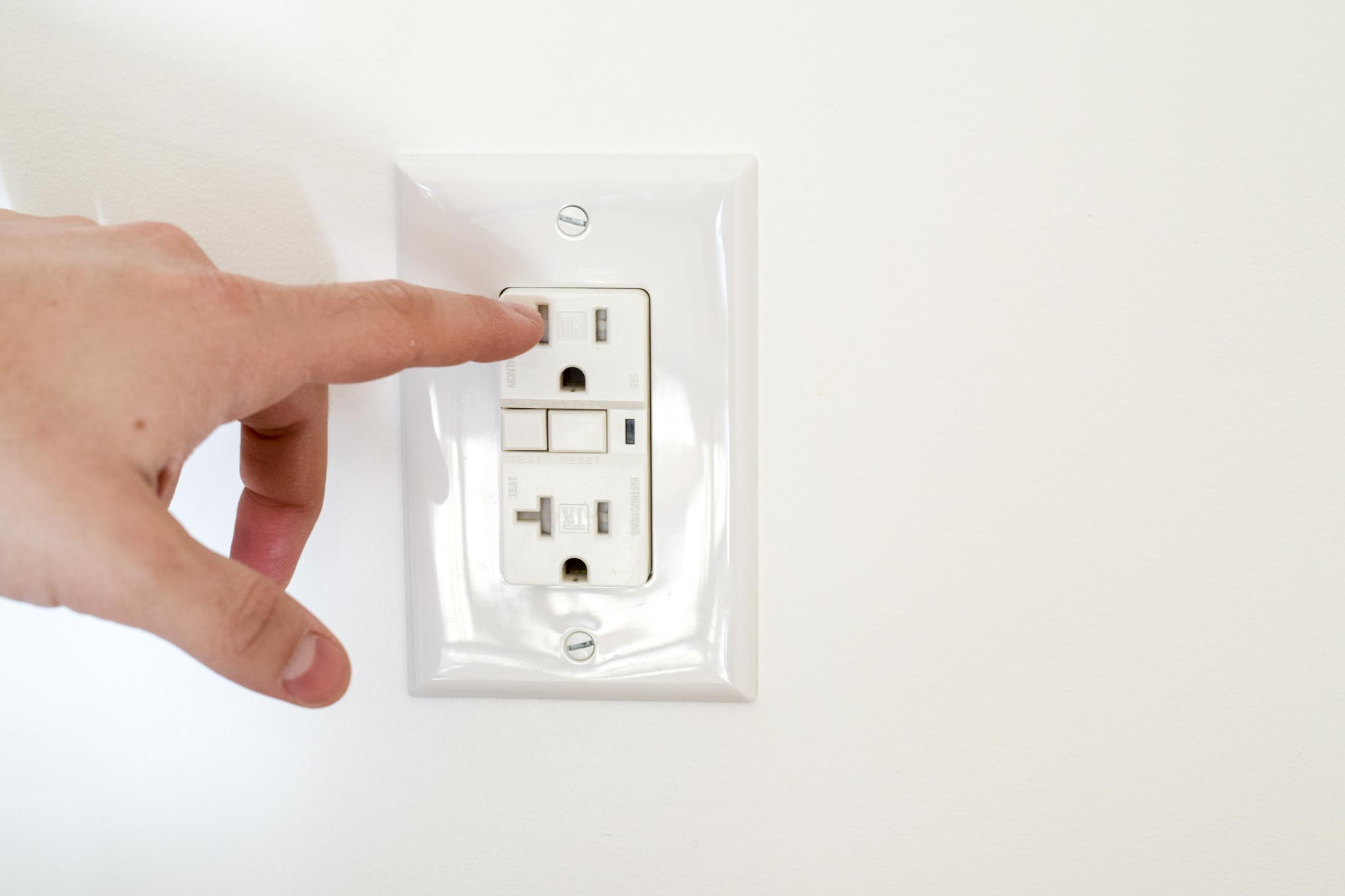Childproofing your home for safety

WHETHER YOU’VE RECENTLY WELCOMED your first baby, or already have a full house, it’s vital to keep your home electrically safe for the little ones. Electrical safety should be at the top of the list when preparing a safe space for babies and children to thrive. It’s a good idea to start three months before your baby is born.
“We want to encourage families to make smart electrical safety decisions when baby-proofing their homes,” says Kraig Shireman, safety and loss control supervisor at Big Sandy RECC. “Tamper-resistant receptacles cost as little as 50 cents more than a standard outlet and can save a child’s life.”
Tamper resistant receptacles (TRRs) are outlets that are required in all new homes and homes renovated after 2008. The shutter system allows only plugs to be inserted because both springs must be compressed at the same time.
But why do we need TRRs in our homes? The top two things we lose just happen to be two of the top objects kids might insert into outlets—hairpins and keys. While we can be more careful, we could also cut out the middleman and update to TRRs.
Other electrical hazards
There are other ways to protect your children from electrical hazards around the house. Keep all electrical cords out of reach or secured to the floor. There’s no telling what children could be pulling down when tugging on a cord. Those clocks, irons or lamps could land right on their head. Keep appliances like toasters and blow dryers unplugged and out of reach to avoid electric shock.
If outlets are in use, an easy way to prevent children from pulling on these cords is by moving furniture in front of the covers. If outlets are not being used and you don’t have TRRs, insert tight-fitting electrical outlet covers. Test them with your children to be sure they cannot pull them out. Then you can live with peace of mind that their chances of electrical shock will be decreased.
Protecting against electrical dangers in the home isn’t difficult, but it does take time to keep you and your family safe.
Childproofing Checklist
There are plenty of nonelectrical home hazards to youngsters. Here’s a few to check:
☐ Check the crib to make sure it meets today’s safety standards.
☐ Install window guards—but they don’t substitute for parental supervision.
☐ Attach safety latches and locks for toilets, cabinets or drawers.
☐ Put up safety gates in front of any stairs in the house.
☐ Cut window blind cords or use safety tassels and inner cord stops to ensure children don’t get entangled.
☐ Install corner and edge bumpers to soften falls.
☐ Use doorstops and door holders to keep small fingers from getting hurt.
☐ Keep kids away from grilling areas, or any structure that might contain
KRAIG SHIREMAN is Safety and Loss Control Supervisor at Big Sandy RECC.

